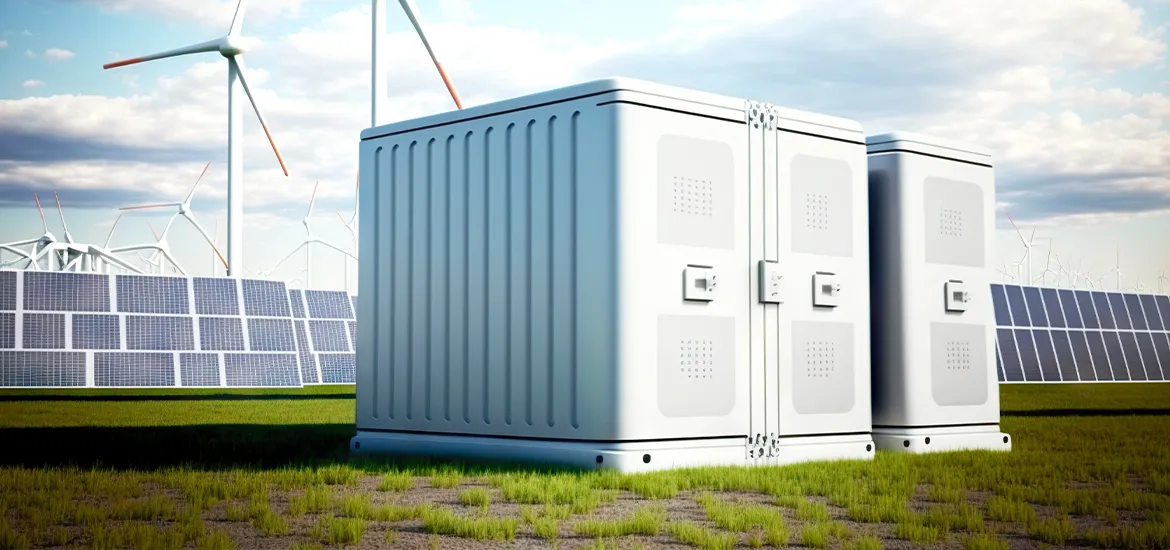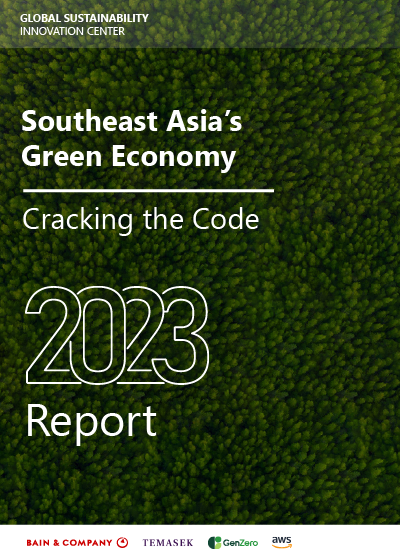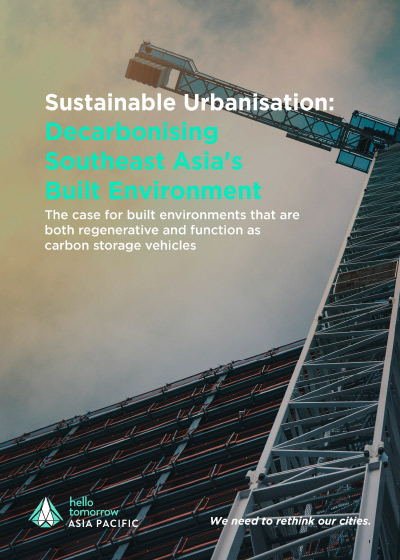The urgent need to develop sustainable and climate-resilient infrastructure in Asia has created more than US$1.8 trillion (S$2.45 trillion) of investment opportunities, yet only a sliver of private sector capital has gone into infrastructure projects in recent years.
Investors could consider channelling their funds in sustainable infrastructural developments, such as district cooling systems or biogas technologies, according to a recent report by the Asia Sustainable Infrastructure Advisory panel.
The panel is made up of international experts and chaired by Second Minister for Finance Indranee Rajah.
It also highlighted waste-to-energy solutions, battery energy storage systems, energy efficiency optimisation and proven renewable energy options, particularly solar, as other opportunities that have a strong investment case.
The report, which was released on Thursday (26 Oct 2023), stated that infrastructure plays a critical role in facilitating the transition towards a low-carbon future, but emerging economies often face challenges in structuring and implementing infrastructure projects that require private sector funding.
These solutions identified by the report are part of the wider energy transition and circular economy developments, which the report said were key pillars to scale infrastructure development and financing in Southeast Asia and South Asia, so that the region can transit to low-carbon economy.









